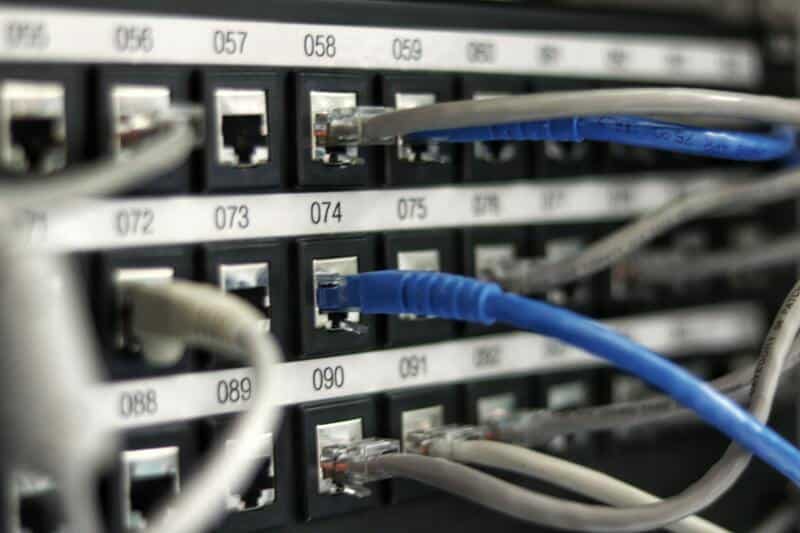Table of Contents
7 Best Practices For Securing Your Microservices Architecture
Microservices have become popular because they offer a more agile and scalable way to develop and deploy applications. But as with any new technology, there are risks associated with using them.
A lot of processes and tools, like DevSecOps and SCA tools, help to mitigate these risks as well as possible. In this article, we’ll explore the different ways to secure your microservices architecture.

1. Keep Your Microservices Isolated
One of the most important things you can do to keep your microservices secure is to keep them isolated from each other. This means having each microservice run in its process and not sharing any memory or storage with other microservices.
It also means creating communication barriers between microservices so that one microservice can’t directly access another microservice’s data. Rather, they should communicate with each other through an API or message queue.
2. Use Encryption
Another critical security measure is to use encryption for all communication between microservices. Essentially, this includes both internal communication and communication with external services.
Encrypting communication ensures that even if someone can intercept the traffic, they won’t be able to understand it. There are a variety of different encryption methods you can use, so be sure to choose one that’s appropriate for your needs.
TLS/SSL
TLS/SSL is the most common way to encrypt communication between microservices. It’s important to note that TLS/SSL only encrypts the data in transit, not at rest. So, if you’re storing sensitive data, you’ll need to use another form of encryption, like PGP or GPG.
PGP and GPG
PGP and GPG are two different but similar encryption methods. They’re often used for email encryption, but can also be used to encrypt files when they’re at rest.
3. Implement Authentication and Authorization
Whenever possible, you should implement both authentication and authorization for your microservices. Authentication is the process of verifying that a user is who they claim to be. Authorization, on the other hand, is the process of determining what a user is allowed to do.
One way to do this is by using JSON Web Tokens (JWT). JWTs are digital tokens that contain information about the user, such as their name, email, and so on. They can also be used to encode information about what the user is allowed to do.
4. Use a Service Mesh
A service mesh is a layer of infrastructure that sits between your microservices and handles all communication between them. This has several benefits, one of which is increased security.
A service mesh can help to enforce authentication and authorization, as well as encrypt all communication. It can also help to prevent Denial of Service (DoS) attacks by rate-limiting traffic between microservices.
More on TechInDeep:
- Using Kernel Modules to Improve Your System’s Performance
- How to Fix iPhone 11 Stuck on Black Screen with Apple Logo Easily with 5 Methods
- Social Networking Sites are the Main Target of Phishing Sites
5. Deploy in Containers
Another good way to keep your microservices secure is to deploy them in containers. Doing so keeps each microservice isolated from the others, as well as preventing them from directly accessing any sensitive data.
Additionally, containers make it easy to deploy microservices in a consistent environment. This is important because it means that you can be sure that the microservice will always have the same dependencies, no matter where it’s deployed.
6. Use a Centralized Logging System
Keeping track of what’s going on in your microservices architecture can be a challenge. To make things easier, you should use a centralized logging system, which allows you to see all the logs from all your microservices in one place.
Not only does this make it easier to debug issues, but it also makes it easier to spot potential security issues. For example, if you see a lot of failed login attempts, that could be a sign that someone is trying to brute force their way into your system.
7. Monitor Your Network Traffic

Finally, you should always monitor your network traffic for signs of unusual activity. This can help you to spot things like Denial of Service (DoS) attacks, as well as unauthorized access attempts.
Prioritizing user experience is important for businesses, and keeping your software safe from cyber threats will ultimately help you craft the best possible experience for users.
There are several different tools you can use for this, such as a network intrusion detection system (NIDS). These tools will monitor your network traffic and raise an alarm if they detect anything suspicious.
Conclusion
By following these best practices, you can help to ensure that your microservices architecture is as secure as possible.
However, security is an ongoing process, so be sure to regularly review your security measures and make changes as necessary. A one-time execution of security measures just won’t cut it.
Do you have any other tips for securing a microservices architecture? Let us know in the comments below.









MAKECOMMENT